WordPress Simplified ⁃ One-click installer to initialize and configure WordPress from start to finish
WordPress is the most popular blogging system on the Internet today that allows updating, customizing and managing almost any website. WordPress can be referred to as an online, open source website building tool based on PHP and MySQL programming languages. In advanced terms, it is called a Content Management System (CMS). With our easy WordPress Tutorials, you will find many articles to help with the creation or modifications of your WordPress Website. From logging in, to backups, and installing themes.
From personal blogs to corporate websites and e-commerce platforms, WordPress allows you to create and manage your site with ease. Whether you're a beginner just starting out or an advanced user looking to optimize and expand your site, mastering WordPress is essential for success.
Step into the world of your WordPress site with a single click! 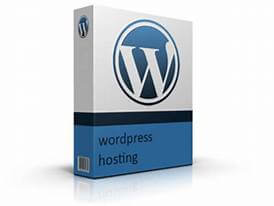 Access your dashboard to unleash creativity, manage content, and customize your digital presence. Whether you’re building a blog or a business, your online journey begins with this simple login.
Access your dashboard to unleash creativity, manage content, and customize your digital presence. Whether you’re building a blog or a business, your online journey begins with this simple login.
In order to start blogging or developing a website with WordPress, you will need to log in to the dashboard. The WordPress dashboard is where all the action happens. It's where you create content, configure settings, and manage your site. Logging into the dashboard is the first step to managing your WordPress website.
The WordPress dashboard is your control center, where you'll perform almost every task related to your website.
Elevate your WordPress experience with the toolbar at your fingertips! Instantly access essential tools for editing, customizing, and managing your site. It’s your handy companion, streamlining tasks and sparking creativity as you navigate your digital realm
The WordPress toolbar appears at the top of your site when you're logged in. It provides quick access to various settings and tools, helping you streamline your workflow.
Customize your WordPress experience through the settings menu! Here, you can fine-tune every aspect of your site, from appearance to functionality. Unlock your site’s full potential by adjusting preferences that make your online presence uniquely yours
Color Scheme: WordPress Color Schemes, Color Scheme Plugins. Color Tools and Resources. Customizing the color scheme of your WordPress site can make a big difference in how users perceive your website. The color scheme can be modified through the Theme Customizer or directly through the theme settings. Plugins are tools that add functionality to your WordPress site. From SEO optimization to contact forms, there's a plugin for everything.
Transform your website's look and feel with stunning WordPress themes. Choose from a vast array of designs that reflect your style and brand. Whether you’re aiming for sleek professionalism or vibrant creativity, there's a theme that can elevate your site and captivate your audience. Choosing the right theme is crucial as it will set the tone for your entire website.
Installing a theme in WordPress is a simple process. Also, how to install free themes that are available in the WordPress.org theme’s directory.
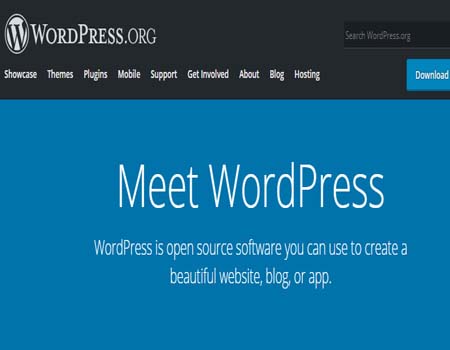
While both posts and pages are used for creating content on your WordPress site, they serve different purposes.
Formatting your WordPress posts ensures that your content is easy to read and visually appealing. WordPress provides a built-in block editor called Gutenberg, which allows you to create posts using blocks. Most formatting options can be found in the Post Editor ToolBar
Scheduling your posts in advance allows you to maintain a consistent publishing schedule, even if you're not available to publish manually.
Posts are generally news or informational updates about a certain topic. Listed in reverse chronological order and can be tagged, categorized and archived.
Crafting a new page in WordPress is a breeze! With intuitive tools at your disposal, you can easily design engaging content, add images, and customize layouts to match your vision. Whether it's for a blog, portfolio, or business, the possibilities are endless. Creating a page in WordPress is similar to creating a post. However, pages are typically static, and the process to create them is relativity easy
Creating a chat room on your WordPress site can enhance user interaction. You can use chat rooms to communicate with your audience directly in real time. Use plugins like WP Live Chat Support or Tawk.to to integrate a live chat feature.
Some WordPress themes include page templates that change the way your web-pages are formatted. Page templates allow you to create custom layouts for different pages.
Categories and tags help organize your content and improve SEO. Tags are a way to add an organizational structure to your WordPress posts. categories are basic ways for you to organize your posts into different categories. You can assign categories and tags to posts directly within the post editor.
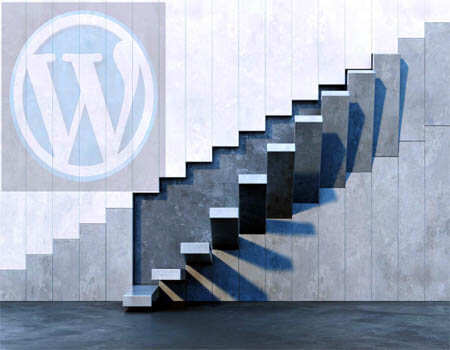
A link is a word, group of words, or image that you can click on to go to a different URL, web page or a section within the current webpage. Adding links in WordPress allows you to connect to other pages on your site or external websites
Using a visual element like Images or Photos are a great way to enhance your WordPress blog or Website.
The Media Library is where all your media files (images, videos, PDFs, etc.) are stored. You can access it by navigating to Media > Library.
Enhance your WordPress site by installing plugins that add powerful features and functionality. From SEO tools to social media integrations, plugins can transform your site into a dynamic hub. With just a few clicks, you can customize your experience and unlock endless possibilities for growth and engagement!
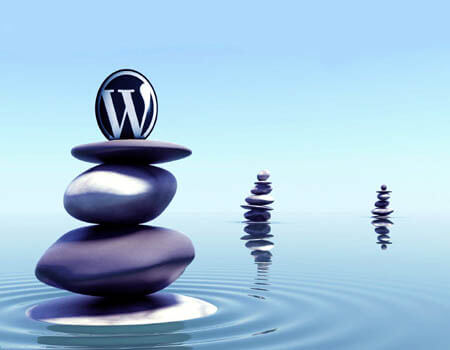
Widgets allow you to add additional content and features to your site, such as a search bar, recent posts, or a custom menu. To manage widgets:
The built-in WordPress Menu feature allows you to create your own custom menus in place of your theme’s default menus.
WordPress allows you to add users with different roles, including admins, editors, authors, and subscribers. To manage users:
Managing comments allows you to foster user engagement. You can moderate comments, approve them, or mark them as spam.
Spammers often use spambots, commonly known as "Email Harvesters" that will search the Internet for email addresses. Protect your email address from spammers by using plugins like Email Address Encoder to obscure your email addresses from bots.
A favicon or site icon, also known as a favicon, is the small image that appears next to your website's title in a browser tab. A unique icon representing your website. This guide will show you how to add a site icon to your site.
Regular backups are critical to protecting your website. Use plugins like UpdraftPlus or BackupBuddy to automate backups. Ensure backups are stored securely and are easily retrievable in case of a site crash.
What's the real secret behind the popularity of WordPress?
In simple terms. Once you learn the ins and outs of WordPress, You will be able to create any type of website. 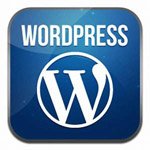 With almost unlimited in its capabilities, with hundreds of thousands of add-ons. Unlike most common Website builders out there that gives you just a basic site with basic tools. By mastering these WordPress features, you’ll be able to create a stunning, functional, and secure website. Whether you’re just starting out or looking to refine your skills, these tutorials will guide you every step of the way toward WordPress success.
With almost unlimited in its capabilities, with hundreds of thousands of add-ons. Unlike most common Website builders out there that gives you just a basic site with basic tools. By mastering these WordPress features, you’ll be able to create a stunning, functional, and secure website. Whether you’re just starting out or looking to refine your skills, these tutorials will guide you every step of the way toward WordPress success.
Installation with cPanel and Softaculous. WordPress Themes. Changing Themes. Plugins, Creating New Pages. Appearance, Step by step guide, more
If WordPress is a bit much try our new AI Website builder and Website Importer
A WordPress wizard with over eighteen years of experience designing, optimizing, and troubleshooting sites on the world’s favorite CMS WordPress....
Tweet Share Pin Email It.